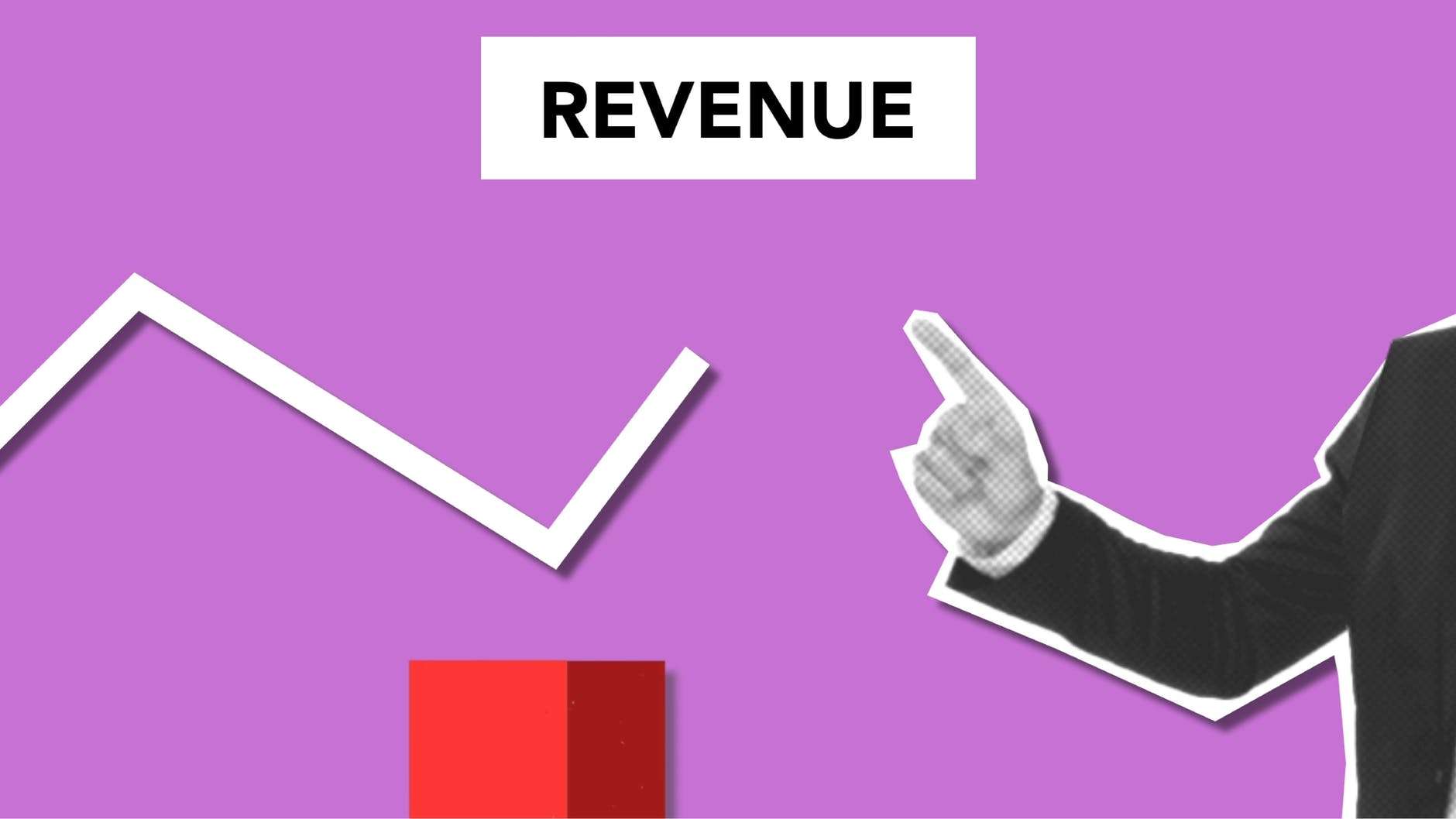What is The Difference Between Capital Expenditure and Revenue Expenditure?

Two crucial terms in accounting are capital expenditure and revenue expenditure. They are often confused. To understand them better, let’s explore their differences. What is the difference between capital expenditure and revenue expenditure?
Differences Between Capital and Revenue Expenditures
Capital expenditure is for buying assets that benefit the business in the long-term. Revenue expenditure is for expenses to generate daily income.
For example, a manufacturing company buys a new machine. The cost is capital expenditure, since it helps the business in the long-term. On the other hand, if they use money for routine maintenance, it is revenue expenditure as it is used for daily operations.
A bakery business story will further explain this. They had to decide whether to rent or buy an oven for their new branch. Buying was a capital expenditure, while renting was a revenue expenditure. This decision helped them make a financially wise choice and progress in the long-term.
Definition of capital expenditure and revenue expenditure
Capital expenditure and revenue expenditure are two accounting terms for distinct expenses. Capital expenditure is for buying or improving long-term assets. Whereas, revenue expenditure is for day-to-day operational costs.
To understand the difference:
| Capital Expenditure | Revenue Expenditure | |
|---|---|---|
| 1 | Acquiring long-term assets | Day-to-day operational expenses |
| 2 | Expensed over several years | Expensed immediately |
| 3 | Examples: Purchasing equipment, land, buildings, vehicles | Examples: Rent, utility bills, employee salaries |
Capital expenditure is an asset on the balance sheet. It is spread out over time and provides lasting benefits. Revenue expenditure is expensed right away and does not result in long-term benefits.
Capital expenditure requires more money and approval. In contrast, revenue expenditure is smaller and must be allocated from available funds.
It is important to distinguish between these two types of expenses. Otherwise, incorrect financial statements and decisions can be made.
Key differences between capital expenditure and revenue expenditure
Capital expenditure and revenue expenditure are two distinct concepts in accounting. Capital expenditure is money spent on acquiring or improving fixed assets. Revenue expenditure is expenses incurred in day-to-day operations.
The table below highlights the differences between the two:
| Criteria | Capital Expenditure | Revenue Expenditure |
|---|---|---|
| Nature of Expense | One-time expense | Recurring expense |
| Impact on Assets | Increases | Does not increase |
| Useful Life | Long-term | Short-term |
| Recognition as an Asset | Yes | No attribute |
| Treatment for Tax Purposes |
Often, businesses will capitalize long-term benefits that last more than a year. Revenue expenditures usually are treated as expenses in the same fiscal period. A unique detail is that capital expenditures can increase the value of the business over time. This is because they involve investments in fixed assets that can create future income. Revenue expenditures do not directly contribute to long-term value creation.
Let’s look at a story about these differences:
A manufacturing company invested $500,000 in new machinery instead of costly repairs. This improved production efficiency and increased asset value. The investment paid off by reducing operational costs and generating higher profits in the long run.
By understanding the differences between capital and revenue expenditures, businesses can make informed financial decisions. Allocating funds effectively can lead to improved financial performance and sustainability.
Examples of capital expenditure
In accounting, capital expenditure is when a company spends money to acquire or upgrade long-term investments. These assets are important for operations and provide benefits over time. Examples include purchasing property, buying vehicles, investing in tech systems, and building new facilities.
Here are some examples of capital expenditure:
| Asset | Amount Spent | Purpose |
| New Machinery | $500,000 | To increase production and efficiency |
| Building Expansion | $1,000,000 | To get bigger and have more office space |
| Computer Software Upgrades | $100,000 | To manage data and make operations smoother |
Capital expenditure is an important decision and involves considerable money. Companies must look at them carefully as they can affect profitability and growth.
Let me tell you a story about capital expenditure. a manufacturing company spent money on new machinery with better automation. This gave them more output and cut labor costs. Consequently, their efficiency improved, leading to more profits and a competitive edge.
Capital expenditure is very important for a business’s long-term success. By making wise decisions in fixed assets, organizations can do well in the ever-changing business world.
Examples of revenue expenditure
Revenue expenditure refers to costs needed for a business to earn money. These are crucial for everyday functioning. Examples include salaries, rent, bills, ad expenses, fixes, and inventory purchases:
Examples of Revenue Expenditure
- Salaries and wages: Payments to staff.
- Rent: Payments for leased property.
- Utility bills: Expenses for electricity, water, and gas.
- Advertising expenses: Costs to promote goods/services.
- Repairs and maintenance: Expenses to repair or maintain property.
- Inventory purchases: Costs to restock inventory.
Revenue expenditure is distinct from capital expenditure. Revenue expenditure is for running the business; capital expenditure is for buying long-term assets such as buildings or machinery. Other costs to consider include insurance premiums and lease payments. By knowing what revenue expenditure is, businesses can manage operational costs.
How to optimize:
- Do regular reviews to identify cost-saving opportunities without sacrificing quality.
- Get competitive bids from vendors for better deals.
- Invest in energy-efficient equipment and adopt sustainable practices.
- Automate tasks and processes to save labor costs and increase efficiency.
- Control inventory levels to reduce stock obsolescence.
By following these steps, businesses can manage revenue expenditure, maximize profits, and grow.
Importance of distinguishing between capital and revenue expenditures
Understanding the distinction between capital and revenue expenditures is paramount in accounting. It allows firms to allocate their expenses correctly and recognize the fiscal consequences on their profit statements and balance sheets.
Classifying expenditures as either capital or revenue lets businesses separate out costs that bring long-term benefits from those that bring short-term benefits. Capital expenditures are investments in durable assets, such as buildings or machines, while revenue expenditures are daily operating fees like salaries or power bills.
Correctly sorting these expenses lets companies keep track of their costs precisely and make educated decisions about budgeting and resource allocation. It also helps with ascertaining tax implications, as capital expenditures might be qualified for depreciation or amortization deductions over time.
Plus, distinguishing between capital and revenue expenditures provides knowledge into a company’s financial situation and profitability. Capital expenditure indicates long-term growth plans, showing investors or stakeholders that the business is investing in its future. On the other hand, revenue expenditure stands for continuous expenses necessary to maintain operations.
For instance, a courier company purchasing a delivery van. The cost of buying the vehicle would be viewed as a capital expenditure since it provides long-term advantages by increasing the company’s transportation ability. However, regular fuel purchases for the van would be labelled as revenue expenditure as they are essential for everyday operations, but do not end up in lasting assets.
Comprehending the significance of distinguishing between capital and revenue expenditures is vital for precise financial reporting and decision-making inside organizations. By following proper accounting practices, businesses can effectively manage their resources and guarantee stable growth.
In accordance with Investopedia, “Differentiating between capital and revenue expenditures is essential in keeping accurate financial records.”
Capital Expenditure and Revenue Expenditure
Revenue expenditure is usually deductible from taxable income in the year it’s incurred. Capital expenditure is different; it needs to be capitalized and depreciated over its useful life. This has major implications for taxes and financial reporting.
For major capital expenditure, management should analyze expected returns and benefits carefully. This is because they involve long-term effects and can heavily impact cash flow.
To illustrate, let’s look at a manufacturing company deciding between repairs and new machinery. Repairs would be revenue expenditure, as it keeps current operating capacity. But if they buy new machinery to improve productivity and efficiency, that would be a capital expenditure.
Categorizing expenditures properly helps companies track costs, make resource decisions, and meet accounting standards. Knowing the difference is essential for sound financial management and strategic planning.
Frequently Asked Questions
 1. What is capital expenditure?
1. What is capital expenditure?
Capital expenditure refers to the expenses incurred by a company to acquire, improve, or maintain fixed assets that will benefit the business over the long term. These costs are not fully consumed in the current period.
2. What is revenue expenditure?
Revenue expenditure encompasses the day-to-day operational expenses incurred by a business to generate revenue and maintain its ongoing operations. These costs are fully consumed in the current accounting period.
3. What are examples of capital expenditure?
Examples of capital expenditure include purchasing land, buildings, machinery, vehicles, or other long-term assets that will be used in the business for multiple accounting periods. Renovations or improvements to existing assets also fall under capital expenditure.
4. Can you provide examples of revenue expenditure?
Examples of revenue expenditure include salaries, rent, utilities, repairs, maintenance, advertising expenses, and other costs directly related to day-to-day operations that contribute to generating immediate revenue.
5. How are capital and revenue expenditures treated in accounting?
Capital expenditures are recorded as assets on the balance sheet and are depreciated or amortized over their useful lives. Revenue expenditures, on the other hand, are recognized as expenses in the income statement for the period in which they are incurred.
6. What is the difference between the impact on financial statements for capital and revenue expenditures?
Capital expenditures have a long-term impact on a company’s financial statements. They increase the value of assets, subsequently impacting the balance sheet, and result in gradual depreciation or amortization expenses on the income statement over time. Revenue expenditures, however, have a short-term impact, as they are fully expensed in the current accounting period and directly affect the company’s net income or loss.
















Leave a Reply